131 posts
Latest Posts by stickpivotlord - Page 2

There's been a shortage of Vipers on my dash @julietteandthejet , where've you been?

When they don't include the Mighty Eagle 😥 How could they allow the F-35 to fly in its place

Everyone, follow Grandpa.
Sorry, not sorry



General Dynamics F-16XL
The competitor of the F-15E Strike Eagle in the Enhanced Tactical Fighter program.
After the F-15E was chosen to be developed, the F-16XL was handed to NASA for a series of flight tests until 2009 when it was retired.
😂😂
Harambe
reblog by only using one word to describe what country/state you’re from
cheese
Some day, we'll have more than pictures of this brilliance
The Kepler space telescope has shown us our galaxy is teeming with planets — and other surprises

The Kepler space telescope has taught us there are so many planets out there, they outnumber even the stars. Here is a sample of these wondrous, weird and unexpected worlds (and other spectacular objects in space) that Kepler has spotted with its “eye” opened to the heavens.
Kepler has found that double sunsets really do exist.

Yes, Star Wars fans, the double sunset on Tatooine could really exist. Kepler discovered the first known planet around a double-star system, though Kepler-16b is probably a gas giant without a solid surface.
Kepler has gotten us closer to finding planets like Earth.

Nope. Kepler hasn’t found Earth 2.0, and that wasn’t the job it set out to do. But in its survey of hundreds of thousands of stars, Kepler found planets near in size to Earth orbiting at a distance where liquid water could pool on the surface. One of them, Kepler-62f, is about 40 percent bigger than Earth and is likely rocky. Is there life on any of them? We still have a lot more to learn.
This sizzling world is so hot iron would melt!

One of Kepler’s early discoveries was the small, scorched world of Kepler-10b. With a year that lasts less than an Earth day and density high enough to imply it’s probably made of iron and rock, this “lava world” gave us the first solid evidence of a rocky planet outside our solar system.
If it’s not an alien megastructure, what is this oddly fluctuating star?

When Kepler detected the oddly fluctuating light from “Tabby’s Star,” the internet lit up with speculation of an alien megastructure. Astronomers have concluded it’s probably an orbiting dust cloud.
Kepler caught this dead star cannibalizing its planet.

What happens when a solar system dies? Kepler discovered a white dwarf, the compact corpse of a star in the process of vaporizing a planet.
These Kepler planets are more than twice the age of our Sun!

The five small planets in Kepler-444 were born 11 billion years ago when our galaxy was in its youth. Imagine what these ancient planets look like after all that time?
Kepler found a supernova exploding at breakneck speed.

This premier planet hunter has also been watching stars explode. Kepler recorded a sped-up version of a supernova called a “fast-evolving luminescent transit” that reached its peak brightness at breakneck speed. It was caused by a star spewing out a dense shell of gas that lit up when hit with the shockwave from the blast.
* All images are artist illustrations.
Make sure to follow us on Tumblr for your regular dose of space: http://nasa.tumblr.com

Fire and Ice. –outerspaceclothing.com–

Some day, my Eagle will soar through the stars
Wow, that looks epic

NASA Hires Lockheed Martin to Build Quiet Supersonic X-Plane

Two F-15E Strike Eagles perform a low-level training mission over the Sawtooth Mountain Range.



The mighty Eagle 🦅
Looks like something I'd paint if I had the time

Isn't she purty?


Californians, running up to my strategic bomber after a mission: “thank you for putting out the forest fires!”
me, about to receive a Distinguished Flying Cross for leveling San Francisco: “…forest fires?”
@julietteandthejet Sorry to be the bearer of bad news. The technician survived

Oooooohhhh snap!

Oml

F-14Ds of VF-101 “Grim Reapers”

Venezuelan Air Force FAV an F-16A Block 15 Fighting Falcon assigned to the Grupo 16 is seen air to air during a mission for Cruzex IV in 2008 .
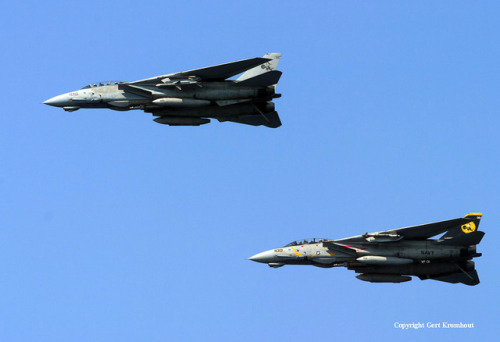

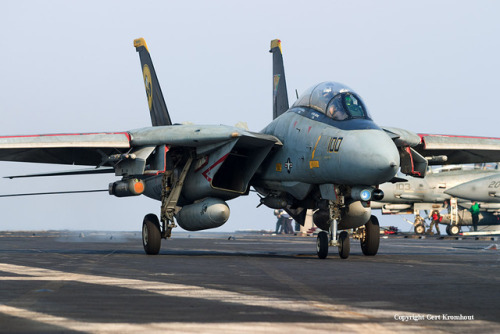
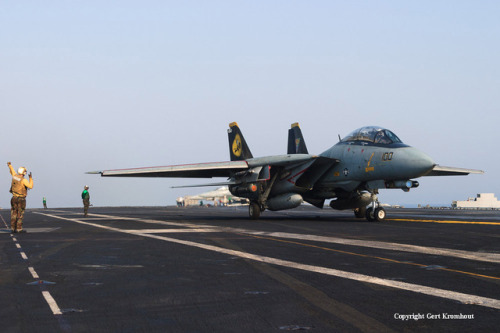
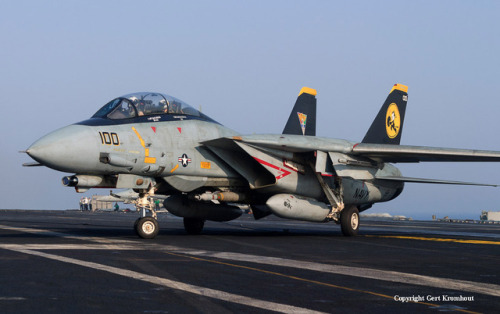
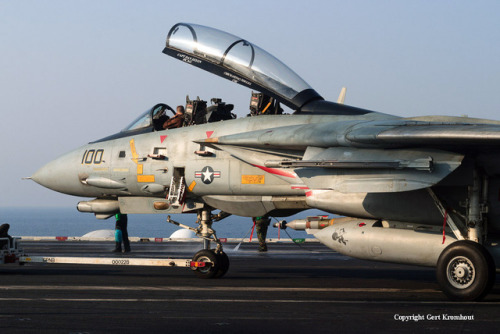
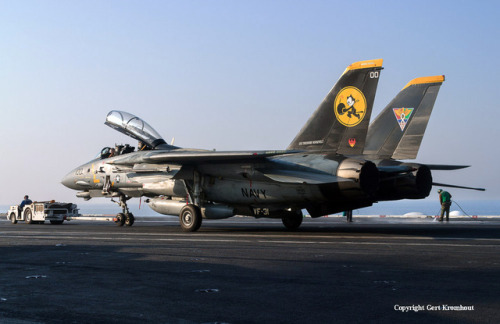


Last Tomcat Cruise

SR-71 Blackbird and A-12 Drone Carrier

F-15C Eagle going to space

The SR71 Blackbird - WTF Fun Facts

🇯🇵 F-15 Eagle 💎
Gorgeous

MeOw
So the F-15X... is it actually in development? If so, I wonder how close to my concept it's going to be

USAF F-15C from the 493rd fighter squadron support One Sky exercise at RAF Lakenheath